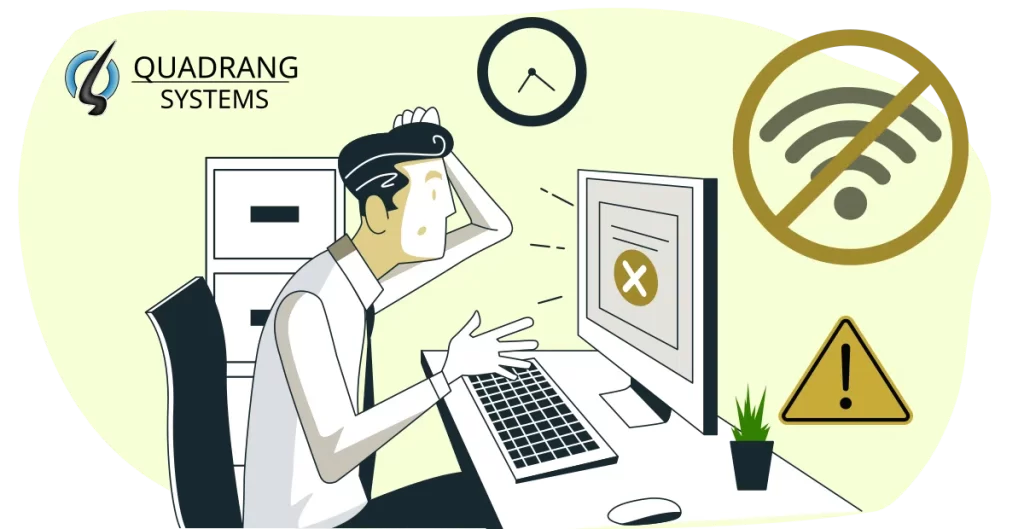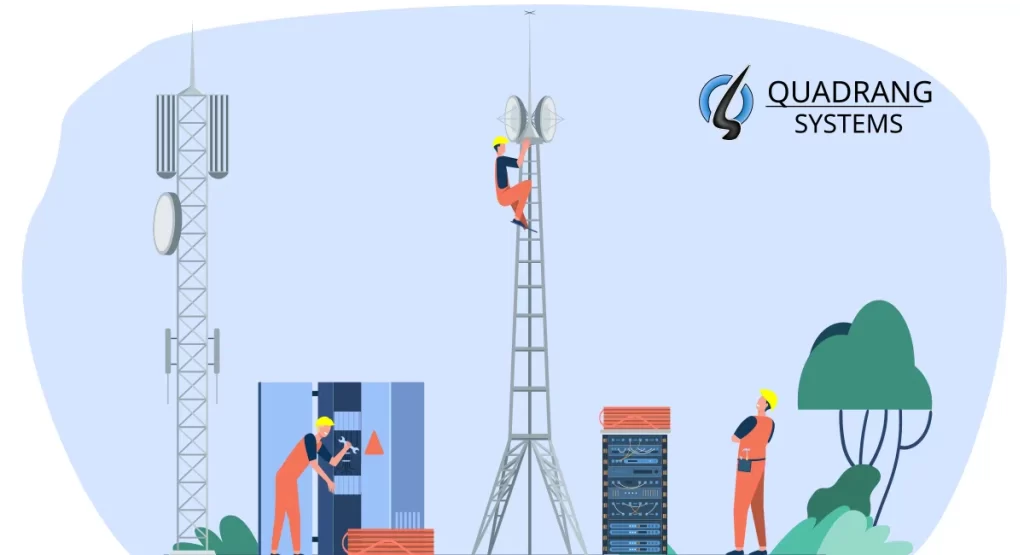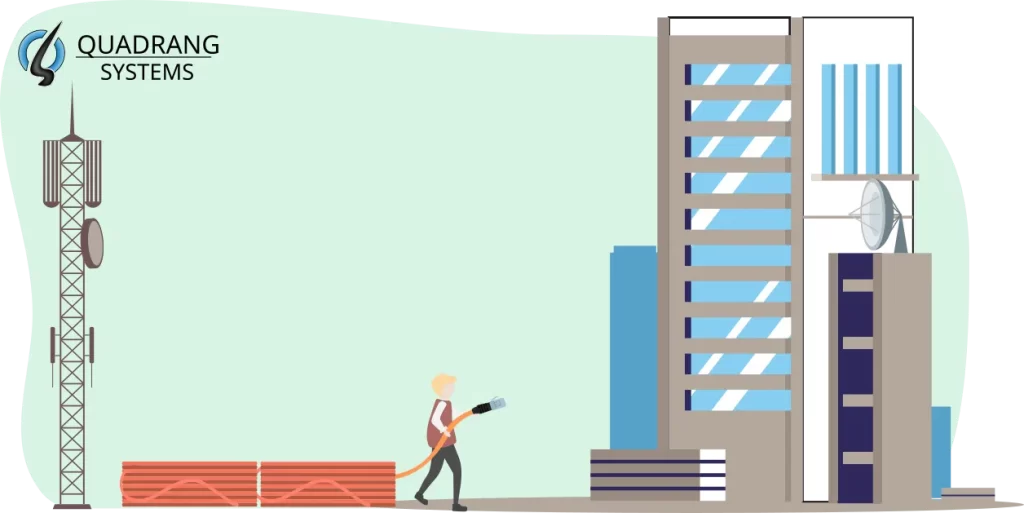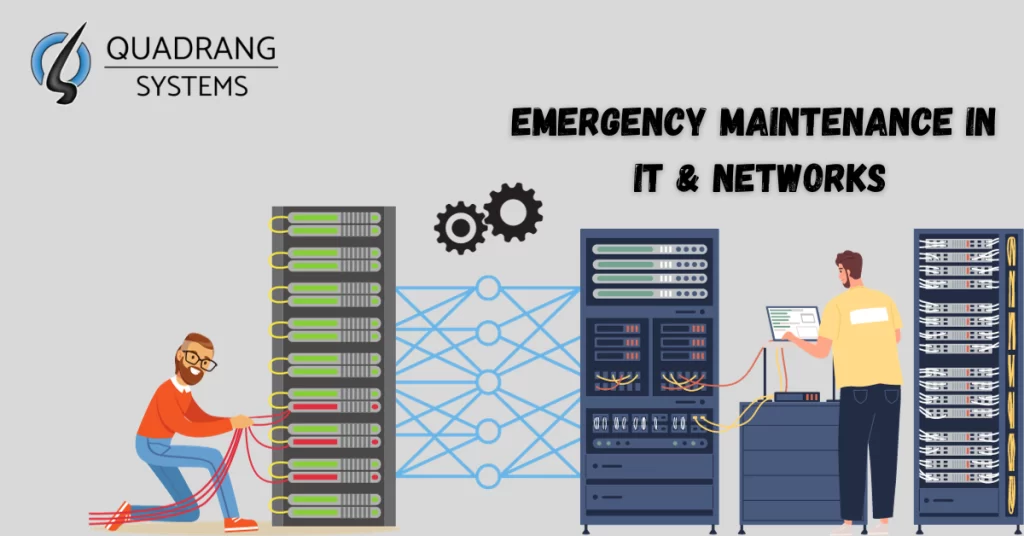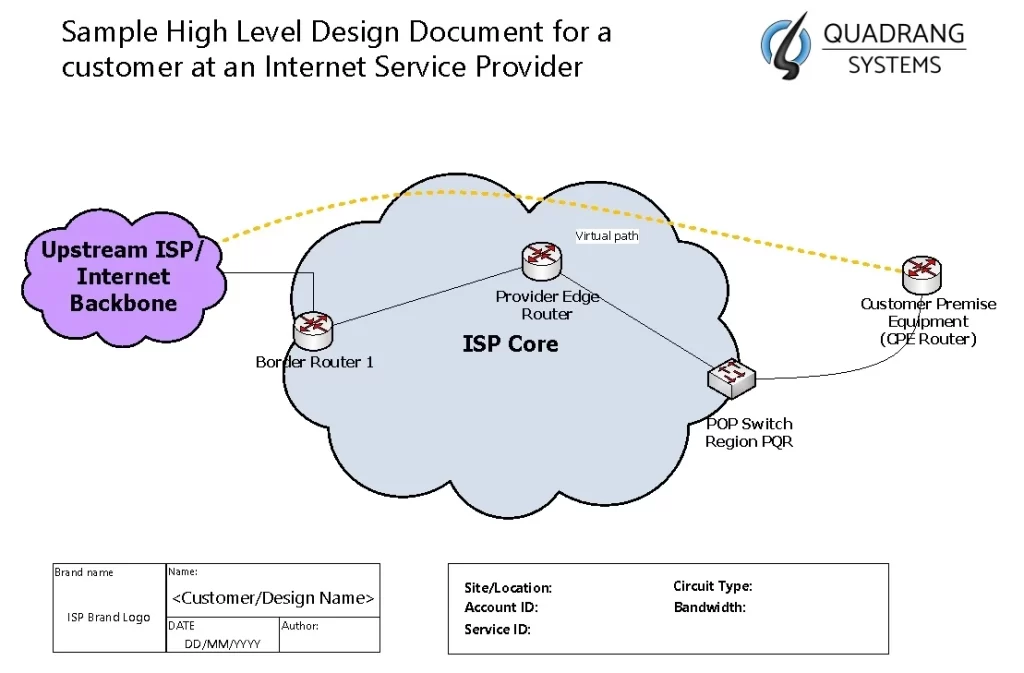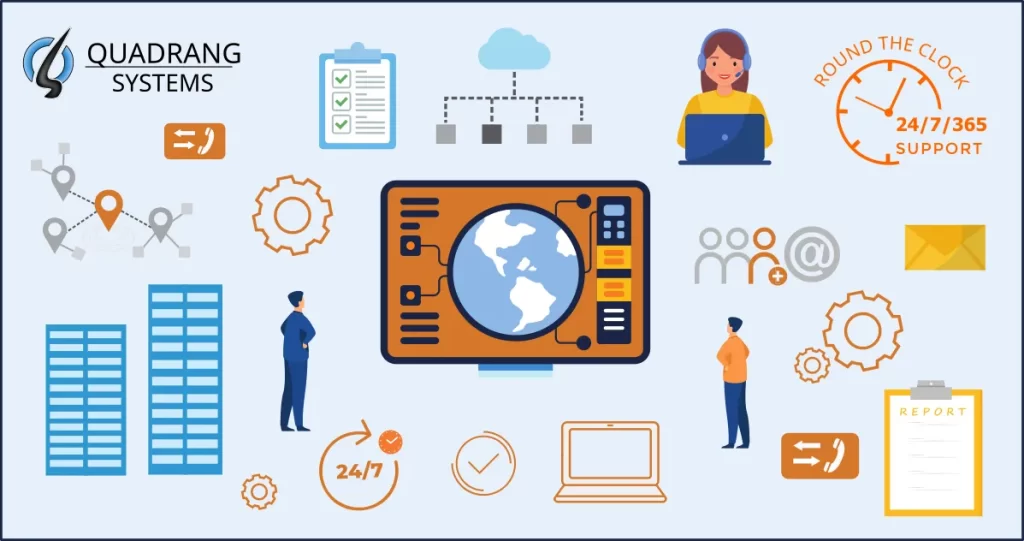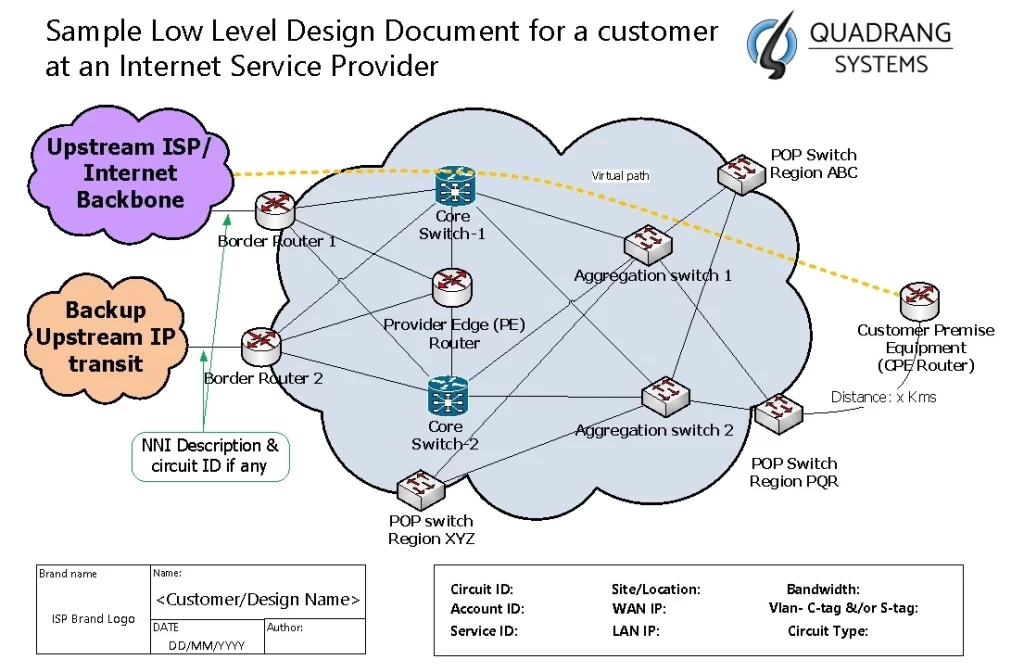Proactive Monitoring VS Reactive Monitoring: Managing Sturdy Networks
Proactive and reactive monitoring are two approaches to network monitoring that businesses can use to detect and address potential issues in their network.
In IT, Telecom/ISPs, Software, Tech companies and tech enabled enterprises, when network engineers and CTOs debate on running their networks, few arguments spark more disagreements than “plan ahead” versus “respond after.” Each tactic bears distinct strengths and weaknesses, suiting unique operational frameworks and corporate structures. In the quick-changing arena of digital infrastructure, adopting one approach over the other heavily sways an organization’s capability to achieve 99.999% uptime, accelerate performance, and bolster security. Hence, let’s explore the intricacies of proactive and reactive network monitoring to grasp their subtleties and upsides.
Understanding Proactive Network Monitoring
Proactive monitoring involves taking a proactive approach to network monitoring, where issues are identified and addressed before they become major problems. Proactive monitoring involves the use of monitoring tools and techniques to constantly monitor network performance, security, and availability. With proactive monitoring, businesses can detect and address potential issues before they have a significant impact on network performance or security. Proactive monitoring is essential for ensuring that a company’s network is always up and running and providing the best possible user experience.
Proactive Network Monitoring echoes the time-honored mantra, “an ounce of prevention beats a pound of cure.” The tactic actively uncovers emergent troubles before they become urgent meltdowns. Utilizing diverse tools and techniques, network managers continuously track network traffic, dissect data trends, and predict potential weak points.
Advantages of proactive monitoring
An advantage of proactive monitoring is promptly catching and resolving teething troubles. By nonstop monitoring performance metrics like bandwidth usage, lag time, and packet loss, oddities signalling underlying glitches are swiftly detected for urgent intervention, often letting the customers and users even know that something happened, and it was fixed.
Additionally, proactive monitoring enables capacity planning and resource optimization. Analyzing historical data permits strategically reallocating resources to avoid overtaxed or underutilized network segments. This foresight ensures networks scale to satisfy rising demand. Another key aspect is enhancing security. Tracking traffic patterns for uncommon activity permits rapidly responding to early-stage breaches to minimize harm by forestalling largescale attacks.
Understanding Reactive Network Monitoring
Reactive monitoring, on the other hand, involves responding to network issues after they have occurred. With reactive monitoring, businesses wait until an issue has been reported before taking any action. Reactive monitoring can be less effective than proactive monitoring because it may take longer to detect and resolve network issues. Reactive monitoring can also be more costly because businesses may need to spend more time and resources to resolve issues after they occur.
Reactive network monitoring adopts a more “wait and see” mindset. Instead of actively scanning for issues, network honchos depend on alerts to flag problems post-inception. While seemingly less proactive, this tactic bears pluses, especially for cash-strapped or small and compact networks.
Advantages of reactive monitoring
Reactive monitoring is typically simpler to actualize, demanding fewer upfront resources. Network engineers can configure monitoring tools to dispatch alerts when critical backbone links or critical customer circuits go down, analyze network congestion, or other metrics which go beyond the preset thresholds. This hands-off approach enables Networks, Systems and IT teams to focus elsewhere until alarms are raised by monitoring systems.
Additionally, reactive monitoring can be more budget-friendly for companies with lean purses. Rather than investing in intricate monitoring systems needing round-the-clock analysis, budget-focused corporations can adopt simpler, event-driven solutions that scale on-demand.
While reactive monitoring is less preventative, it still provides valuable insights when alarms sound off. Network engineers can swiftly pinpoint and resolve the catalyst of issues to minimize downtime and restore productivity.
In summary…
In summary, proactive monitoring is a more effective approach to network monitoring because it enables businesses to detect and address potential issues before they become major problems. By taking a proactive approach to network monitoring, ISPs and enterprises can ensure that their network is always up and running, and that their users have the best possible experience. Reactive monitoring, while necessary at most other times, should be used as a backup to proactive monitoring, or when some proactive signals and patterns are missed and alarms were raised by system prompting the engineers to go the reactive approach.
Walking the Line: A Balanced Methodology
In truth, most enterprises find that a hybrid monitoring approach provides the best of both realms. Most of the ISPs and Tech Enterprises use Reactive monitoring for networks and proactive monitoring for security (SIEM). Blending proactive and reactive techniques permits custom-tailored monitoring plans meeting distinct business needs.
For example, proactive monitoring of business-critical systems and security based events necessitating five-nines uptime guarantees early problem detection before service quality or operations dive.
Conversely, reactive monitoring suits less crucial network segments or periods of lower activity without mandating constant oversight. Configuring threshold-based alerts still catches troubles rapidly as they emerge.
The Way Forward
When selecting network monitoring tactics, neither proactive nor reactive monitoring universally reigns supreme. Both approaches show their unique strengths that may be customized to meet an organization’s specific needs and resources. Proactive monitoring enables resilience through early problem detection, capacity planning, and hardened security so networks perform optimally. Reactive monitoring provides affordability and simplicity for cash-conscious ventures or targeted applications.
Ultimately, prudently blending both monitoring techniques typically yields optimal outcomes. Enterprise network guardians can thereby architect durable network infrastructures delivering max uptime, peak performance, and robust security amidst today’s digitalized business terrain.



